https://www.backyardchickens.com/th...hotos-of-your-chickens.1414631/#post-23229686
There’s a whole SLEW of exciting contests coming up on BYC, both with the Halloween Hatch A Long and many others from the official BYC contest page. Every year there’s a BYC Calendar Contest, and, there’s a weekly Picture of the Week column too! Because there are so many opportunities to share your birds through your photos, I thought I would start a thread where I would share tips for taking better photos, other people can share their tips, and folks can also share their work and get advice or commentary. I think I went a little heavy with my list of tips, and maybe this would be better served as an article, but I thought a thread was better for others to join in on.
Feel free to join either with your own tips for others, things you have learned about photography or photographing chickens, or ask questions that have been bothering you about your own photos. We will cover all types of photography, traditional SLR and DSLR photos, camera phones, and point and shoot.
I thought I would start this thread with my personal top 5 tips for taking photos. I’ve personally been a photographer for more than 20 years, and, because I am a glutton for punishment I guess, a majority of my photography experience is in taking photos of animals for commercial and advertising clients. I have several “high powered” digital SLR cameras, but nearly everything I take these days for personal use, and all of the photos I’ll use for sample here are taken from my phone.
I invite EVERYONE to participate in this thread, experts and amateurs alike. The only requirement is to be kind. It takes a lot of confidence to put something out there for any level of critique, so if you are going to be critical of someones work, make sure you are actually being insightful and helpful.
Here are my top tips….
1. Clean Your Lens and use your focus
Okay, this may seem obvious, but, I promise you more than half of you reading this photo could do this RIGHT NOW to make all of your photos better. I see this as the most problematic in photos that are taken on a camera phone. Today’s camera phones are incredible and the photos from them really shouldn’t have noticeable faults. If there is fogginess, halos in lights or reflections, blurred focus or a lack of vibrancy in your photos, clean your lens! EVERY time I take my phone out of my pocket to take a photo, I rub the lens with my t-shirt. Every. Single. Time. You will be AMAZED at the difference in clarity it will cause. Go right now and check your camera phone. There’s a pretty good chance you’re going to see your finger print or something else directly over the lens. Clean it off!
Once your lens is clean, make sure you actually use your focus. if you tap with your finger on the area you want to be focused, your camera will re-focus there.
2. Composition - Subject
One of the best things you can do for your photos is in the composition. You can think about composition while you are taking the photo, but you also can crop the photo after the fact into a more interesting composition. The first area of composition we are going to talk about is placement of your subject. Most people will take a photo with the subject in the center of the frame and call it a day. Sometimes, this is a great thing. Many times, however, you could really add interest to your photo by moving the subject into one of the segments created by the RULE OF THIRDS. The rule of thirds is simple… divide the frame of the photo into thirds both horizontally and vertically. The places where those lines intersect (SEE PHOTOS BELOW) are the most visually intriguing spots to place your subject. Placing your subject at those points or along the lines of thirds is your best choice for composition. (Note: iPhone and other apps superimpose the grid of thirds onto the photo when you crop it. You can also get it to permanently display within your camera app as you are taking photos.)

The Rule of Thirds is not some made up thing… this is literally science. The human eye is DRAWN to those areas of a photo FIRST. Place your subject here, and it will seem to JUMP out at the viewer. See these photos below with the grid superimposed on them.
Here are three photos utilizing the rule of thirds for interest. Following is a composite of the three with the rule of thirds grid superimposed.




3. Composition - Positive and Negative Space
Positive and negative space deals with the subject and placement of your photo. Positive space is simply the subject and other areas of the photo that jump out of the photo. It’s the actual elements of the items in the photo. Negative space is the space between the frame and the subject. Manipulating positive and negative space in a photo is a compelling way to tell a story through your image. Use the rule of thirds to immediately interject an interesting positive/negative space dynamic. Play around with the what can change with positive and negative space in your photos. Too much of either can literally make or break your photos, or tell a completely different story from a different perspective. Remember there should be a balance. In many photos, there are too many additional elements in the photo, creating almost an image of entirely too much cluttered positive space.
Playing around with negative space in an image is an excellent way to give much more depth to your photos. Creative use of negative space is imperative to those of us in advertising and marketing, and if you start to get a handle on using negative space in your own photos, your work will take a gigantic leap forward. Play around with fabric and textures to create negative space in your image.
This image shows the rule of thirds and a play on texture and negative space together.

4. Working with Animals
Be PREPARED.
Working with animals, even your own, is one of the most stressful situations for photography. It’s high-pressure because you are not in control. Animals are pesky little free-thinkers when you don’t want them to be and they’re going to act unpredictably in any situation that is not normal. So, what do you do? You make it normal. Do NOT expect to walk outside with an idea in your head and get it perfect on your first attempt. I always suggest practice before even bringing the camera into the situation. Sometimes it takes me longer in a session to get the subject comfortable than it does to actually take the photos.
For example, one of the best ways to get better photos of anything is to get on the same level as the subject. Of course, you could just squat down. (my thighs say… no thank you.) I found over time that the better solution is to RAISE the animal up. This does a lot of things. It puts you and the subject on the same plane of focus, and makes for more visually interesting perspectives. (Getting UNDER or lower than an animal gives a distorted photo that makes them larger and is very interesting with this method, too.) In certain instances, this can also help to isolate the animal and keep them in one spot. I’ve literally built platforms for horses to stand on to be able to get the right shot. You CANNOT expect to do this and immediately pickup your camera. How do I know this? I’ve been bit, lunged at, spit on, everything trying to order an animal somewhere for a photo. It just won’t work. Take the time, and put in the work to make them comfortable. Awkward tension reads through pictures, and the viewer can feelit.
I see many people, especially with chickens, say they can’t get photos of their chickens because they are running around. Put the camera down. Spend time teaching the chicken to be comfortable where you want to take the photo. Time, treats, love, whatever it takes. THEN get your camera out ONCE YOUR SUBJECT IS COMFORTABLE in the space. Your nerve-activated sweat pores and your temper will thank me. ;-) Remember, this might take days with a chicken. Start with a fence. See if WITHOUT a camera, you can use treats and time to get a chicken comfortable on a fence or something off the ground. Get them to the point where they will stay and await your treat delivery or whatever the reward is. Then, get your camera out.
5. Editing
Digital photography puts ALL the tools at your fingertips to really create compelling and vibrant photos. Use them! (But, don’t overuse them!)
My personal favorite phone application for photos is SNAPSEED. You can use preset adjustments or individually adjust aspects of your photo. You can even adjust individual AREAS of your photo.
It is very important to understand the limits of post production such as this. As a general rule of thumb, I advise you not to use more than 20% of an adjustment on your photo, especially in certain categories. Manipulating a photo past 20% yields some interesting and sometimes intriguing effects, however, they are rarely if ever natural looking to the viewer.
When I used to guide human clients through the retouching process as it was first coming out, I would always say “You should look like yourself. It should be yourself on your absolute BEST day, but you should always look like yourself.” This is true with all of your photography. Bringing this back to chickens…. We have all seen grass, we all know how it can look prettier in certain lighting, but we also know the limits of what grass looks like. If you want such a vibrant color on your chicken that the grass is electric green, you have lost the allure.
In order, these are the adjustment areas that you can do as little to versus those that can take much more….these are most of the standard categories for adjustments in most apps, including the photo editing apps built into your photos in iPhones and Android.
Exposure
There is simply not enough information in digital photos to manipulate this slider too much, unless dealing with a RAW image from a DSLR. Keep this closer to 10% either way. It will adjust the entire photo but will cause your brightest areas of the photo to “blow out” with heavier adjustments and often your darker areas to be muddy/bleed.
Highlights/Shadows
Individually adjust the highlights or shadows of a picture. This is nice sometimes on animals to use the shadows slider to remove shadows from the animal when the photos is taken in full sun.
Contrast
You can adjust the contrast for more of a pop or to soften the image, but be careful here, it’s easy to use too much.
Saturation
Do not use more than 20% here, and sometimes that is a lot. I rarely use it because this is a universal tool that applies an adjustment to the entire image. Colors already saturated in your photo will be over-saturated quickly! (The quickest way to make a black and white photo is to remove all the saturation. You’ll have a grey image, and then adjust the contrast a bit to your liking.)
Brilliance/Vibrance
These are smart tools that adjust highlights/shadows/luminance and saturation without over adjusting parts of the image that don’t need the adjustments. These have more room to use, but be aware of creating an over-processed look. Max 30-40%, sometimes less.
Sharpness
Sharpens the photo and can bring areas into better focus. Over-sharpened photos will have “artifacts” in them and it’s very obvious to the end-viewer. Keep it under 50% for sure. If the photo needs more sharpening that that, you probably need a new photo.
Vignette
I, personally, don’t mind heavy vignettes, up to 50-70% on most programs, because a vignette is a common and traditional method of bringing attention to an area of the photo you want people to focus on that we have always used in the darkroom when processing fine art photos. However, most simple editing tools will only apply a vignette uniformly to the center of the image. IF you are using the rule of thirds, you’re out of luck here. (hint: Snapseed lets you adjust WHERE the vignette should be on the photo.)
Brightness
Uniformly adjusts the lightness/darkness of the photo, with an equal effect. I prefer to use the brightness slider (up to 30-40% if absolutely necessary).
Tint/Warmth
These are color balancers, and can be used as much as necessary. Digital photography can give the entire photo on off-tone, such as green or blue or orange applied to the entire photo. Use these sliders, or a color balance slider, to correct it.
I took tips 4&5 together in this photo. Showed a bit of the raised perspective from 4 and then made adjustments within the ranges I discussed above to “rescue” this dark, flat photo.
Before:

After:

I hope that reading through this long-winded post gave you some confidence and knowledge to try something new with your photos and encouragement to take your personal photos to the next level. Please join the thread and let everyone know what your tips are for taking better photos, and I as well as many others I am sure, would be happy to answer any questions you have before making your selections to enter the next rounds of contests here on BYC!

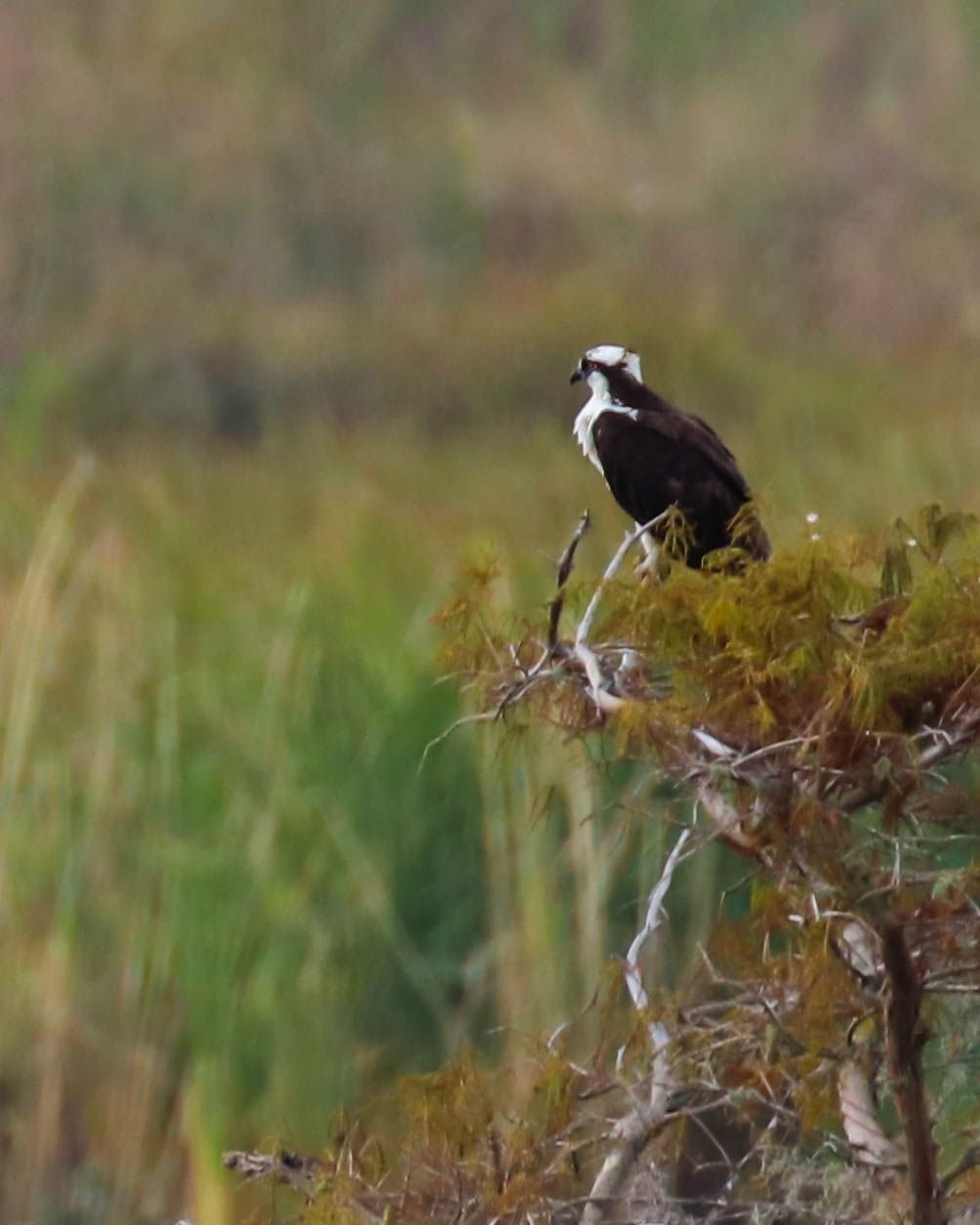
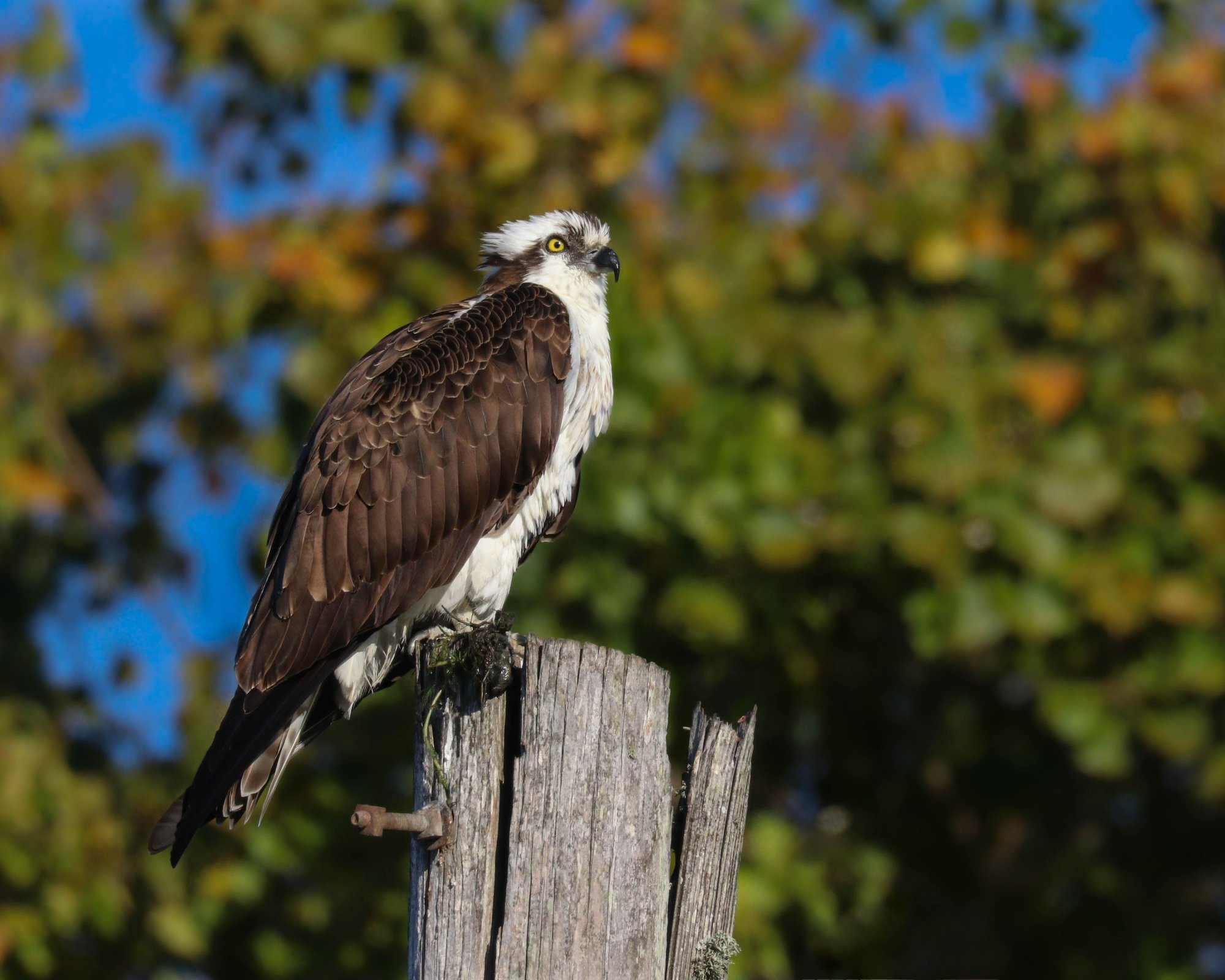
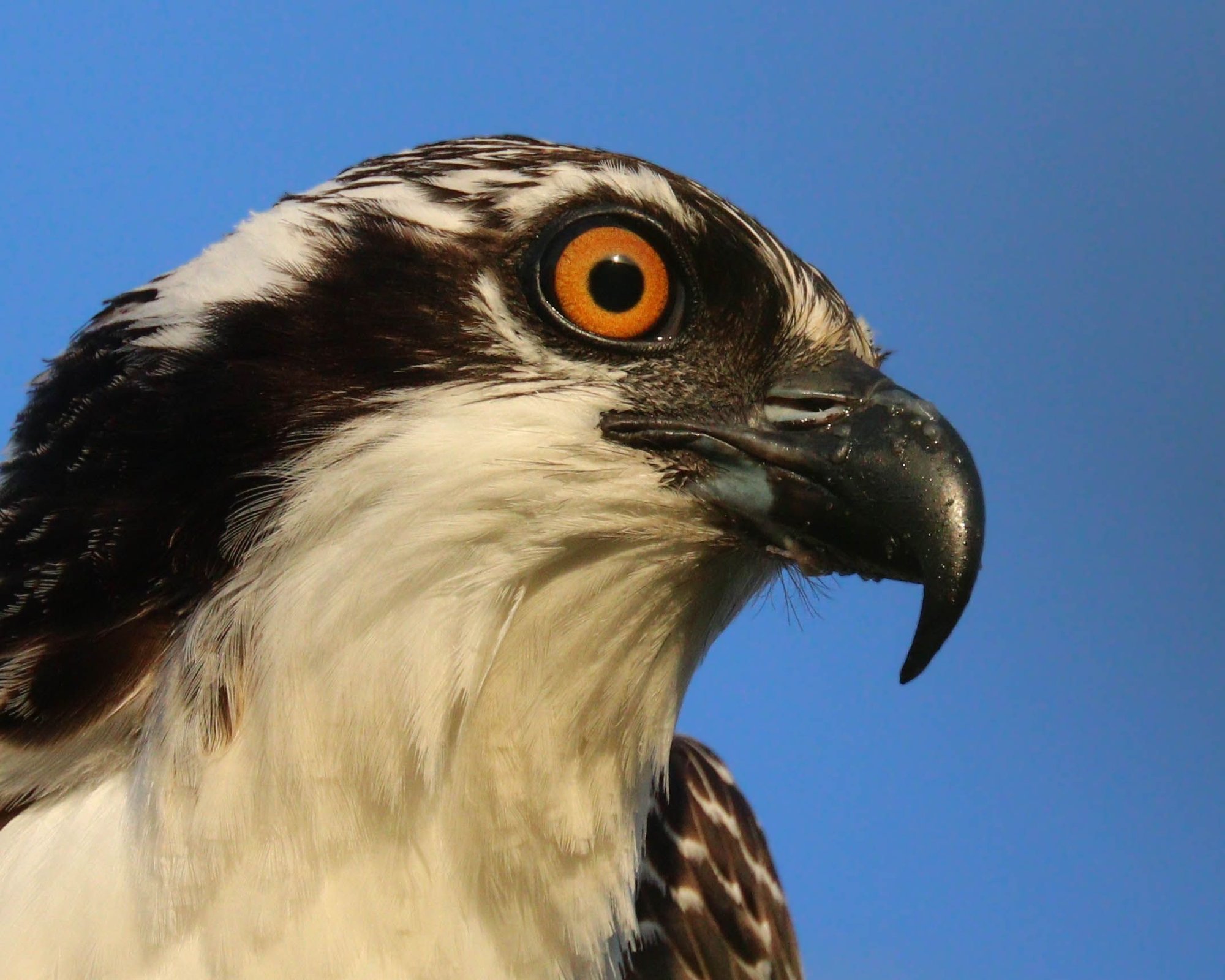
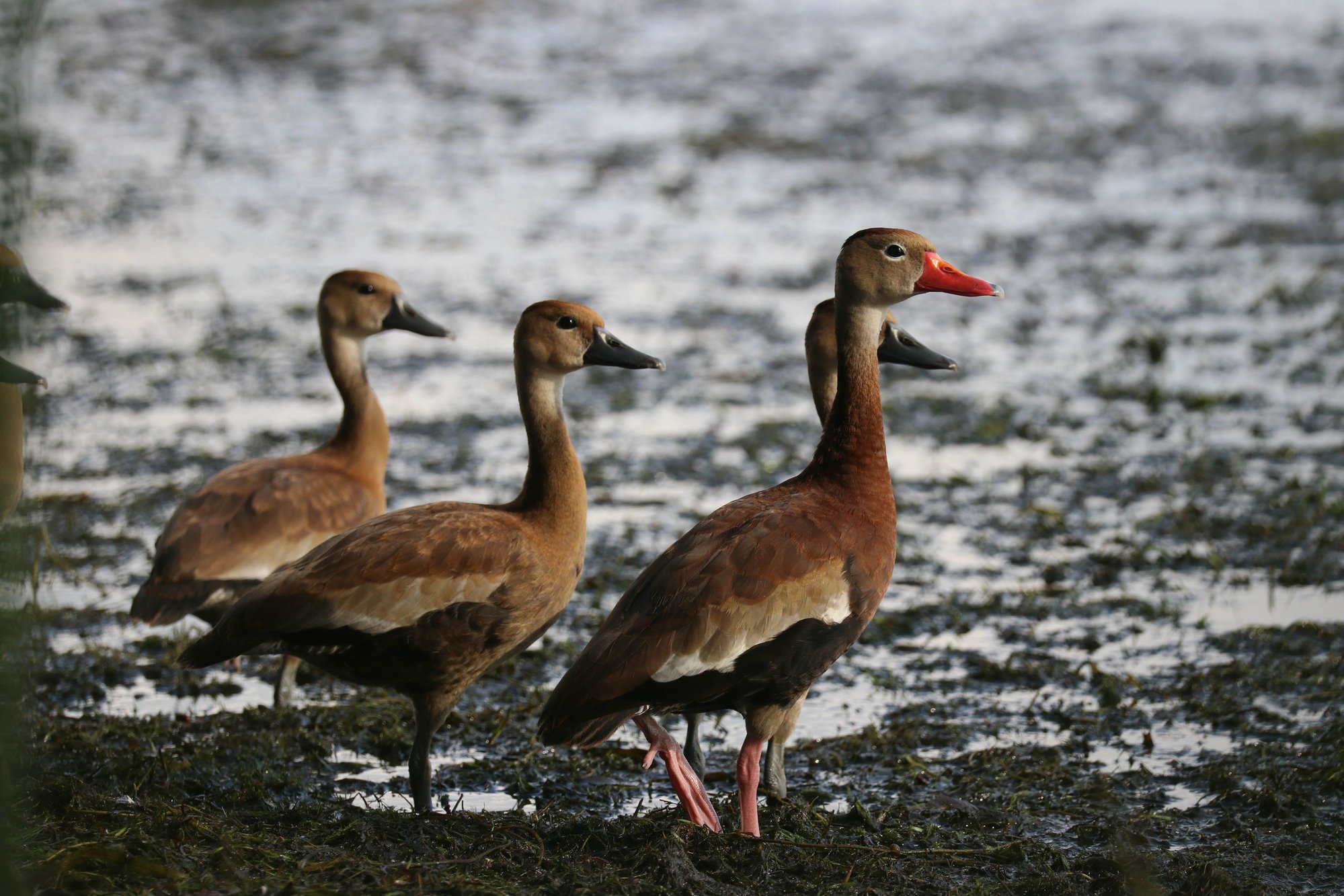
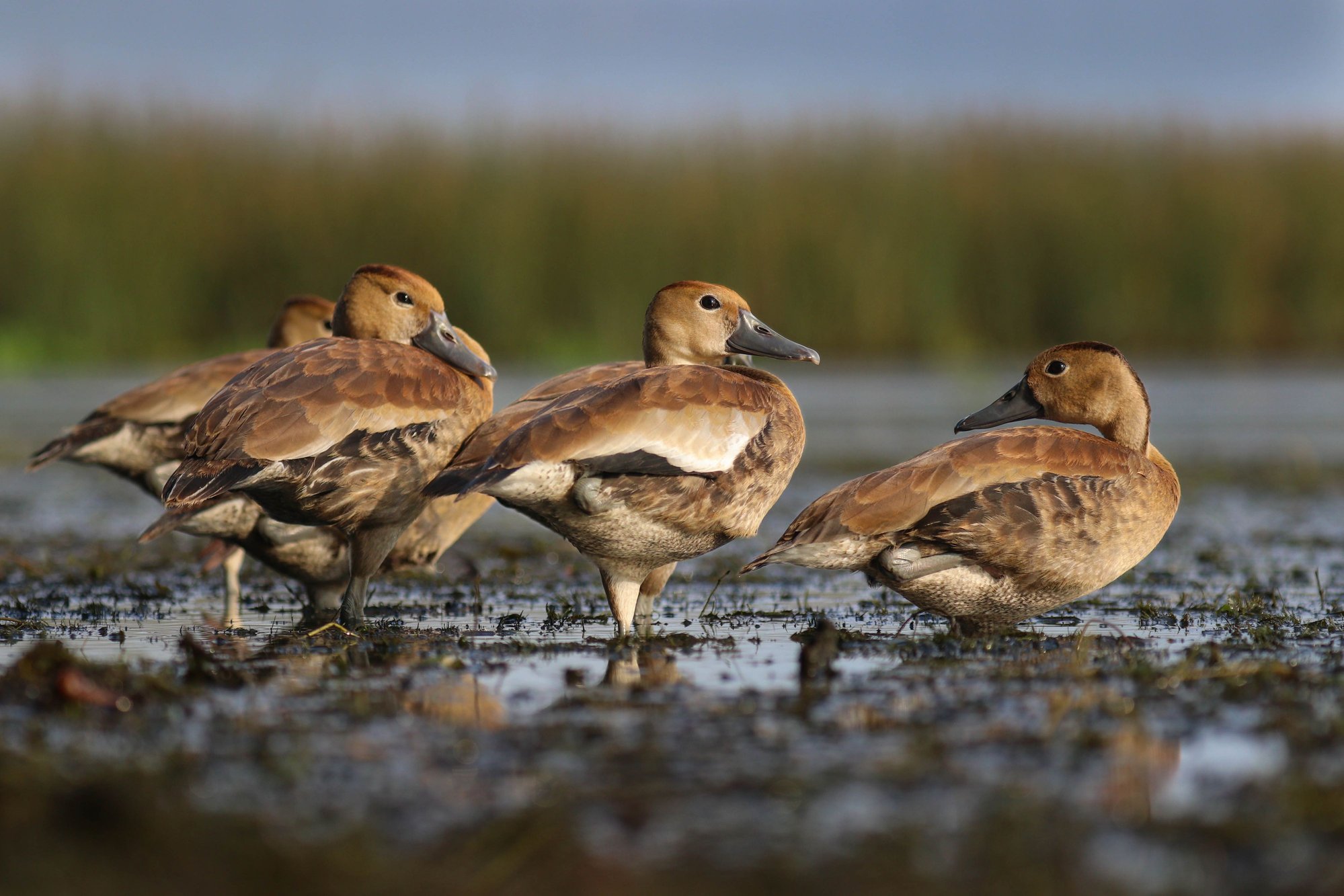
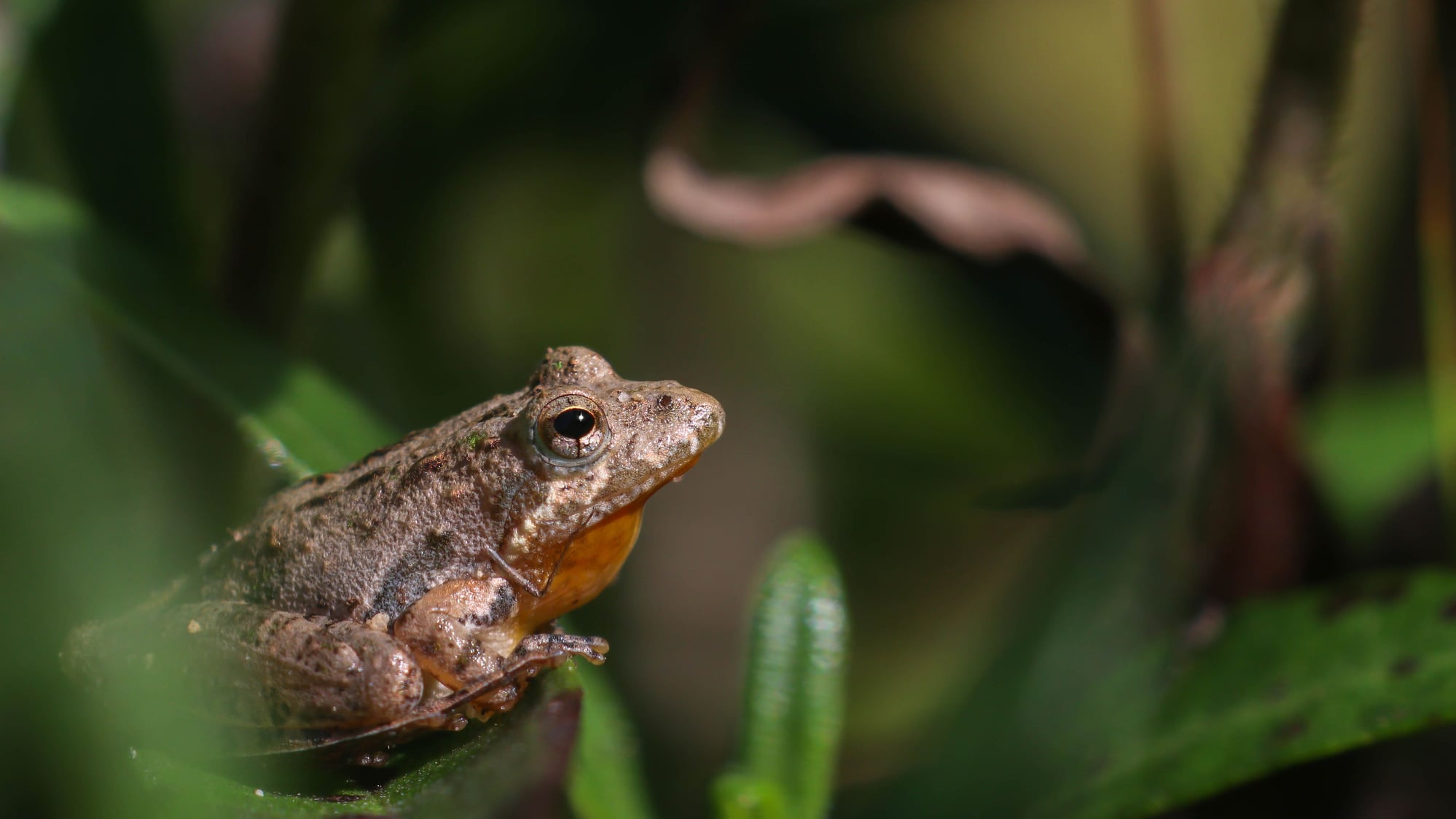
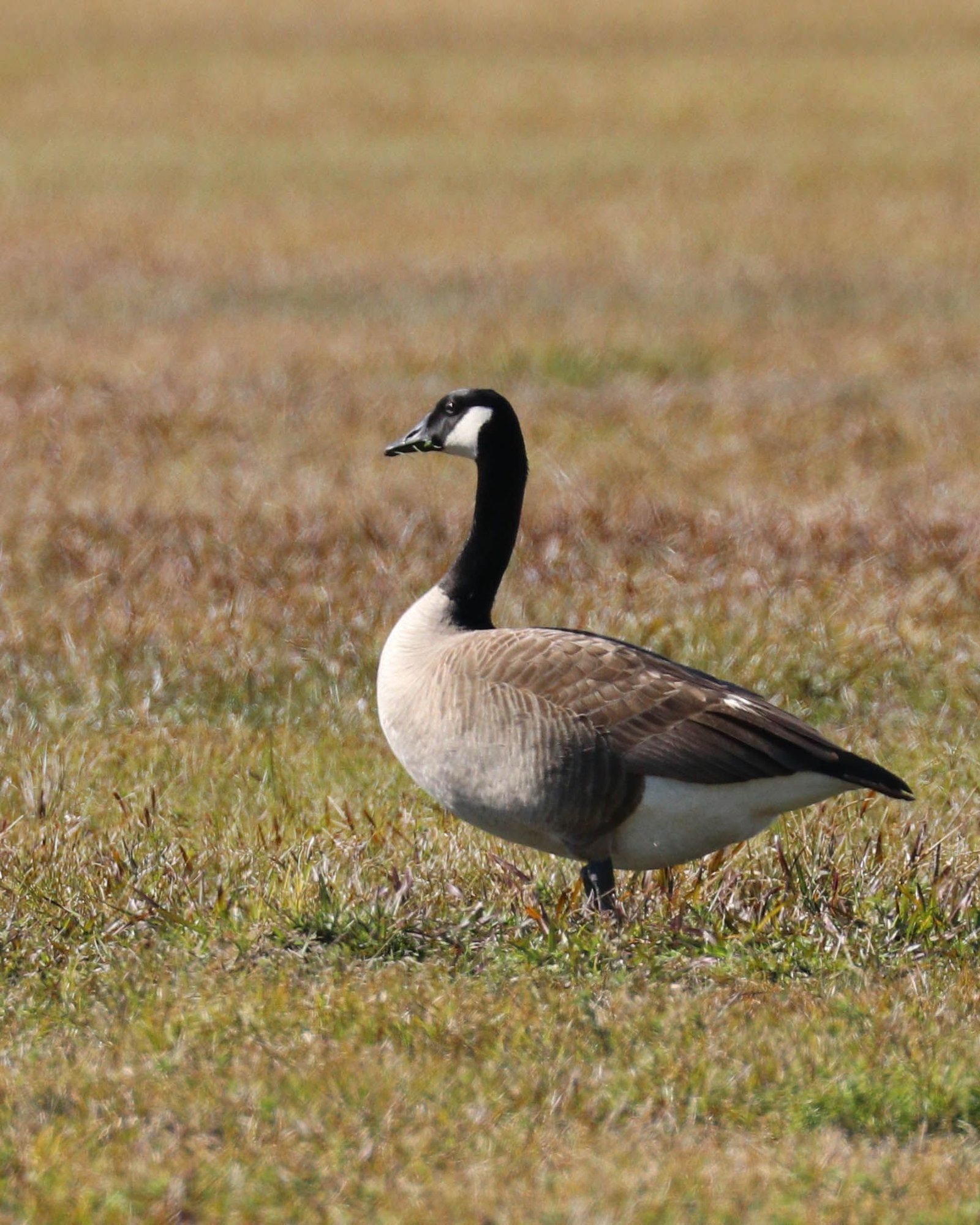
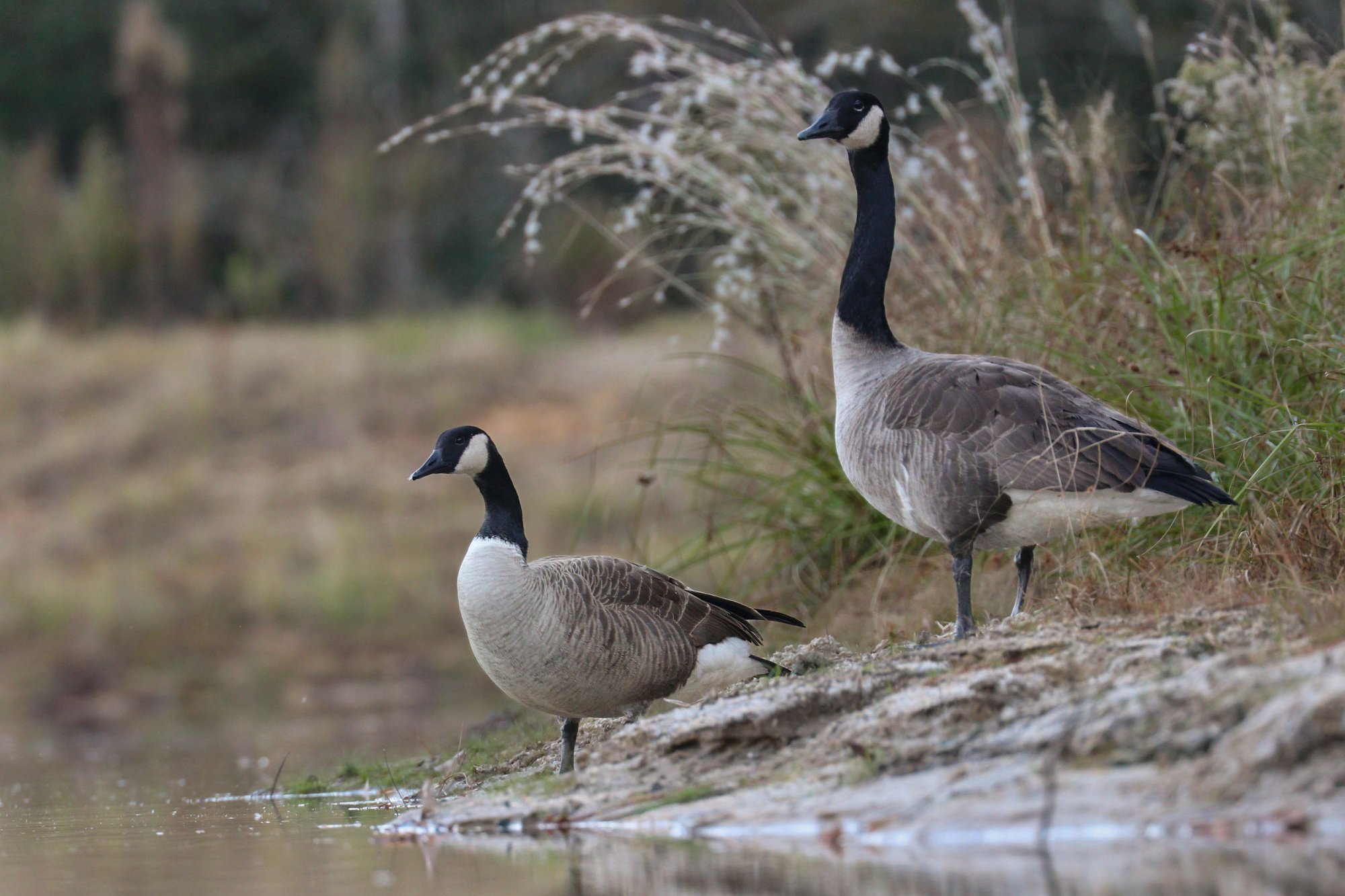
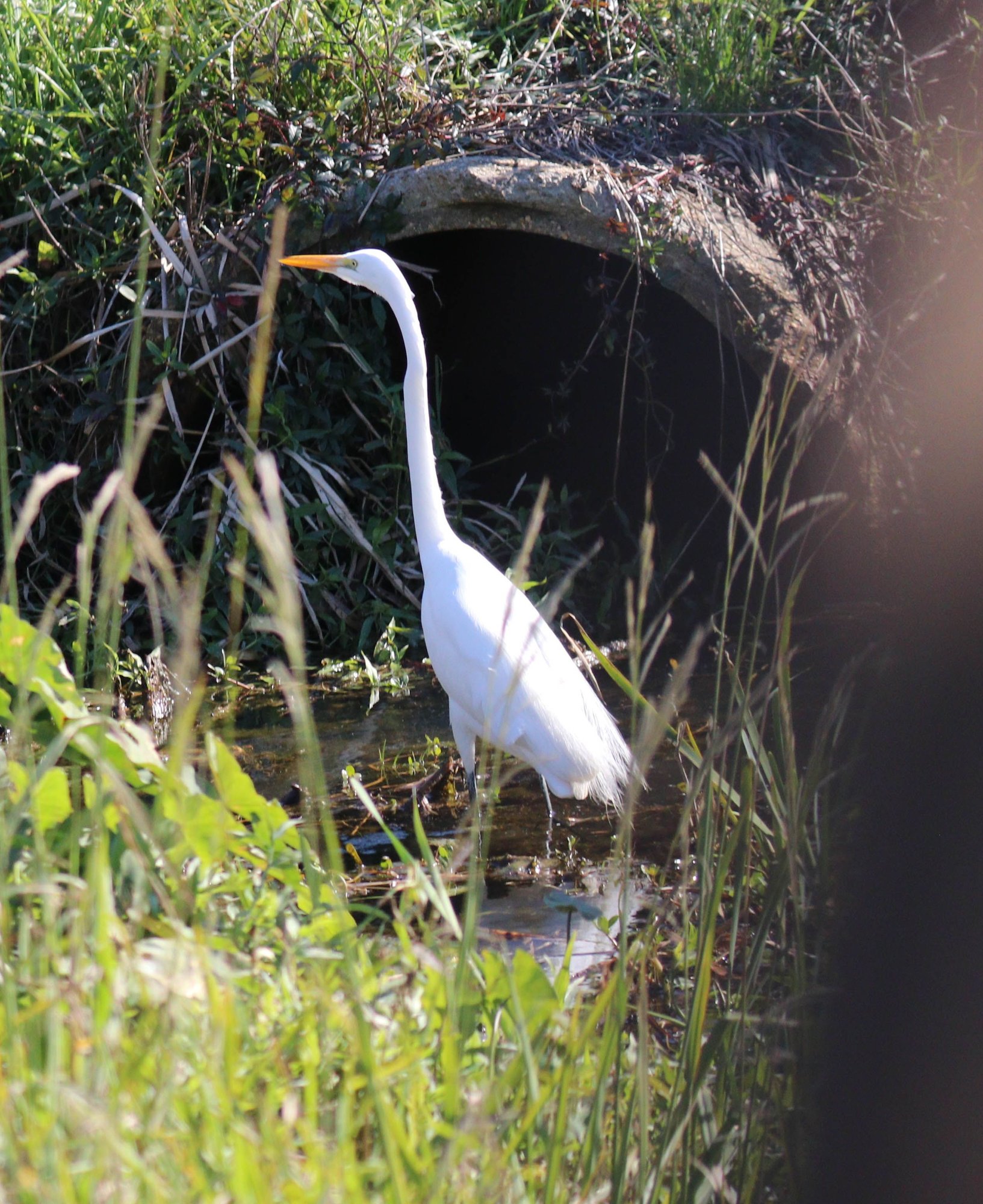
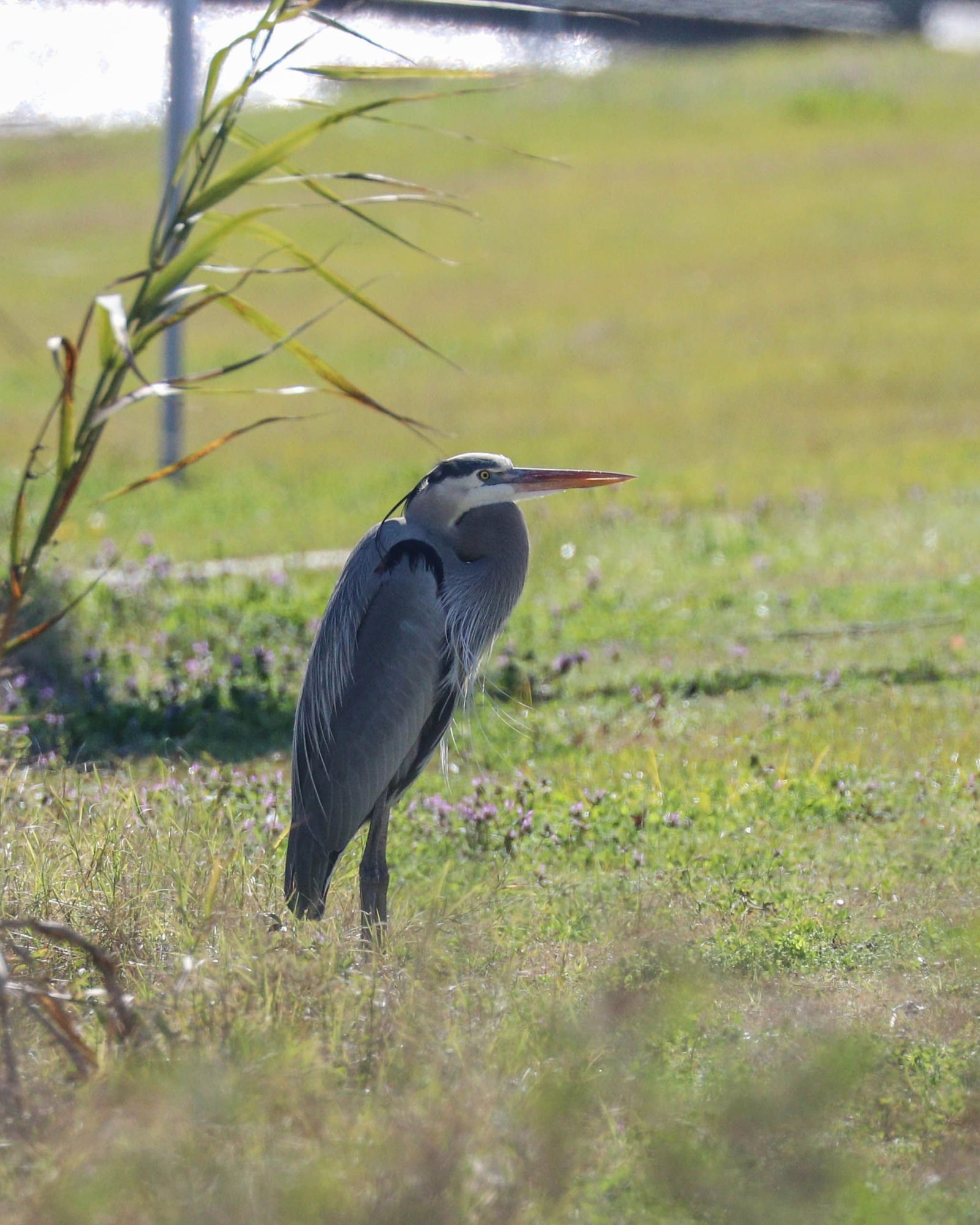







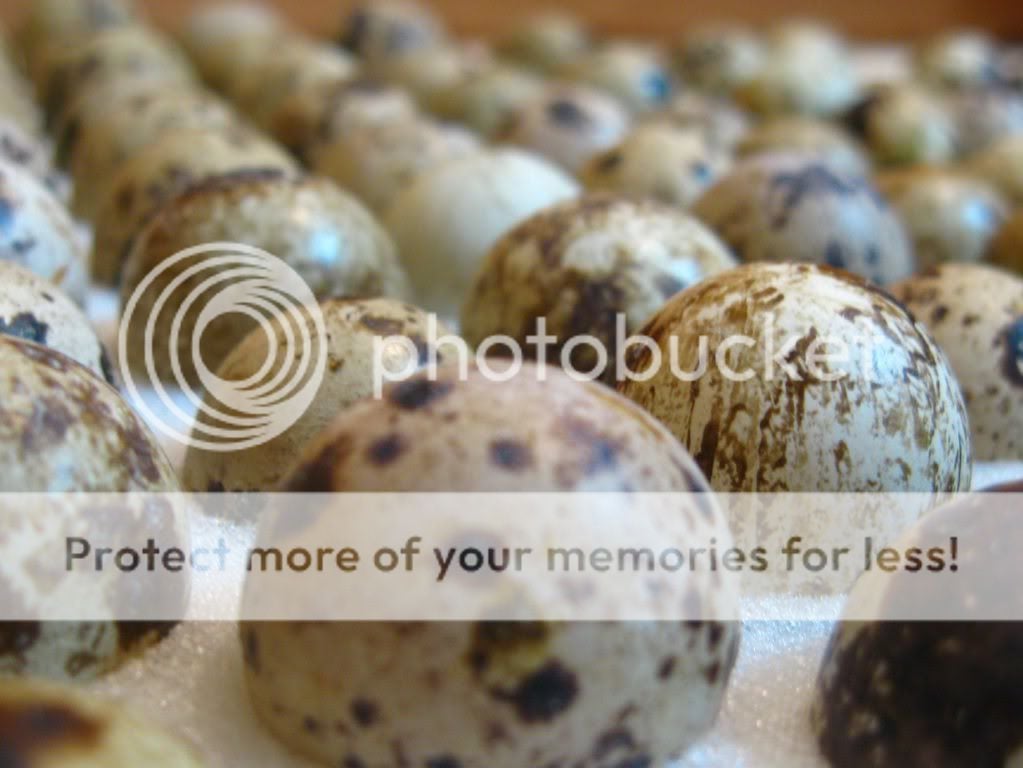


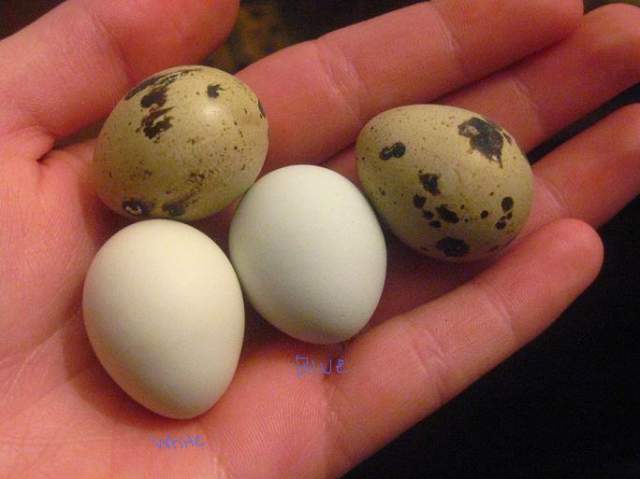
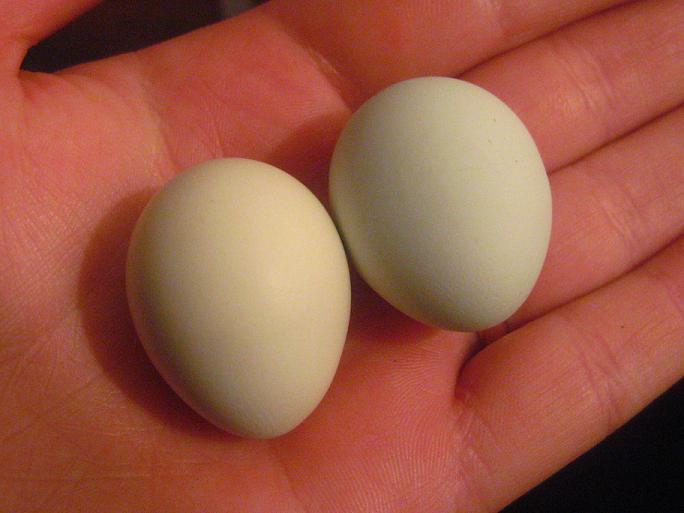
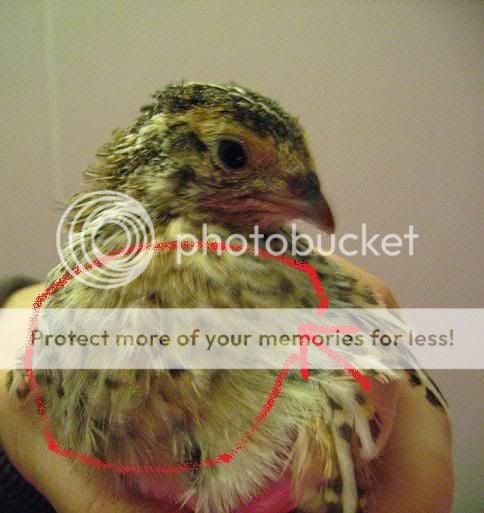
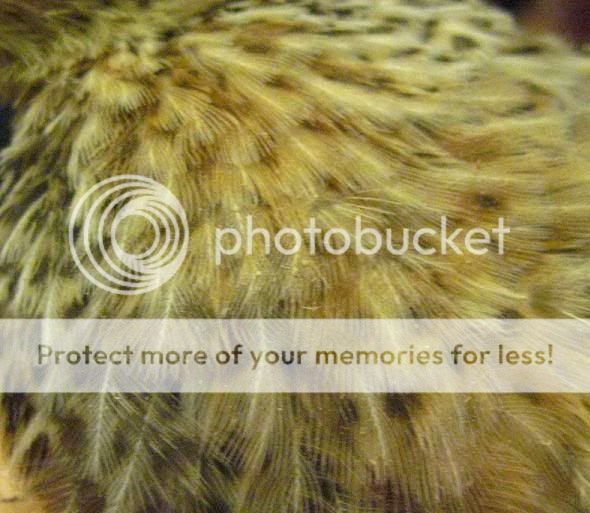
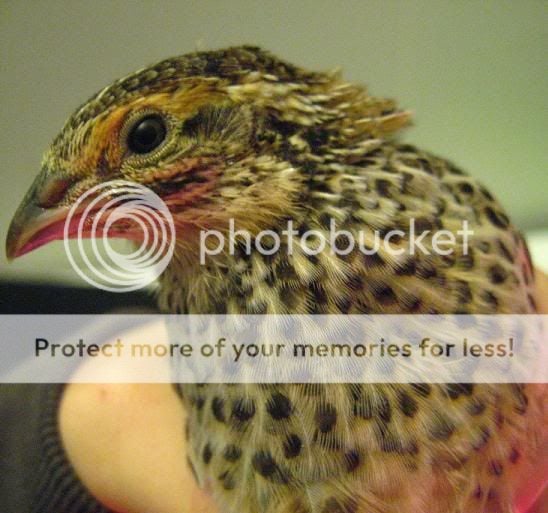
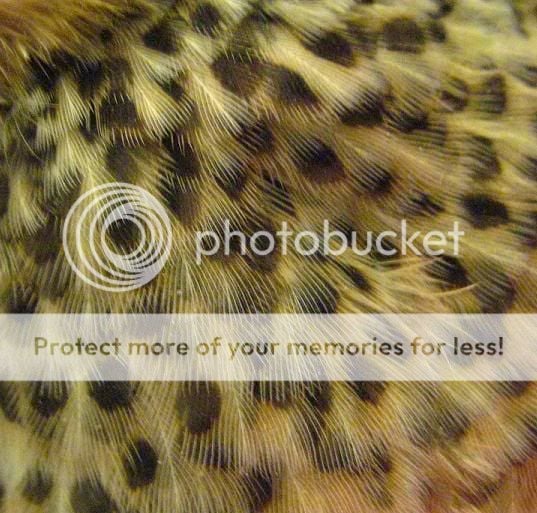

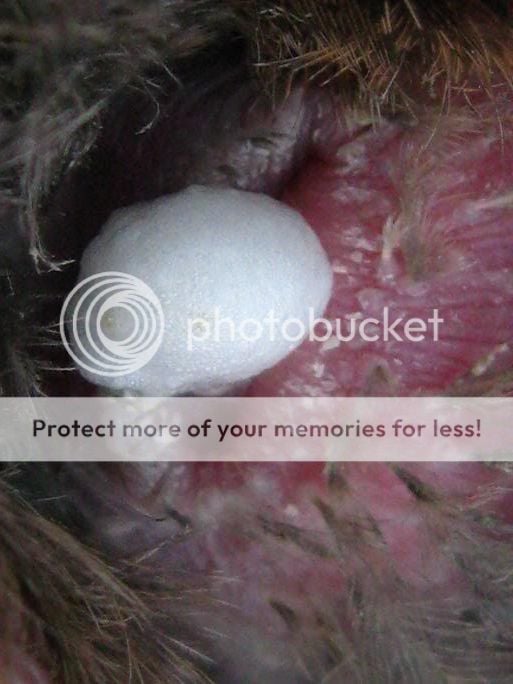
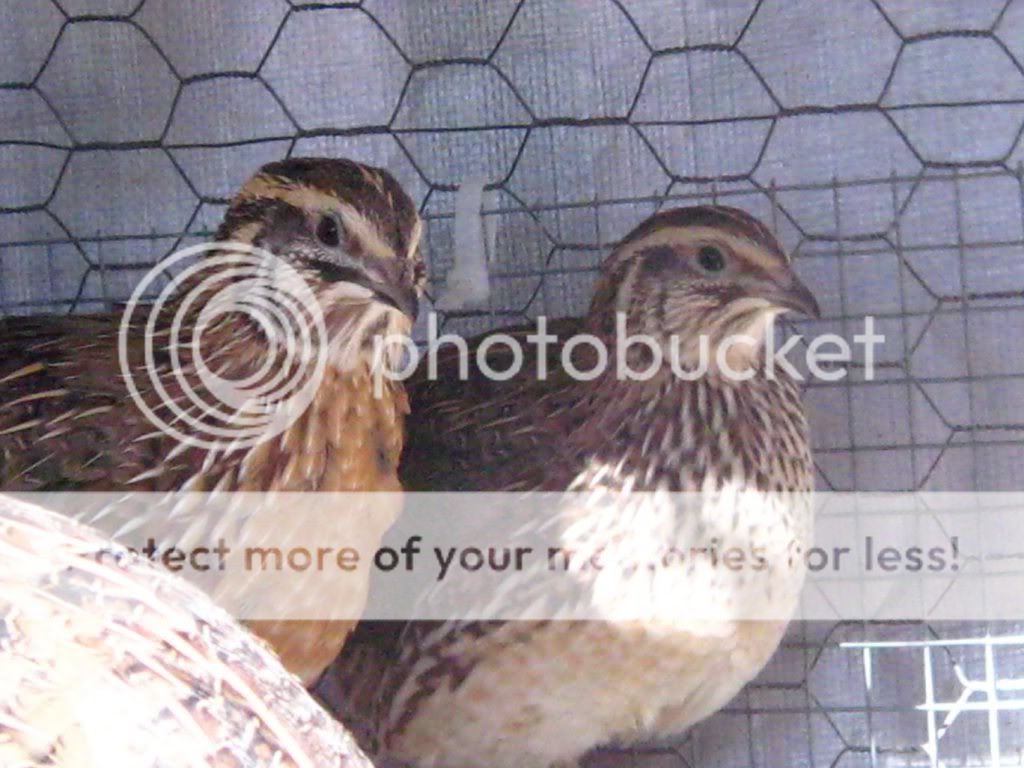
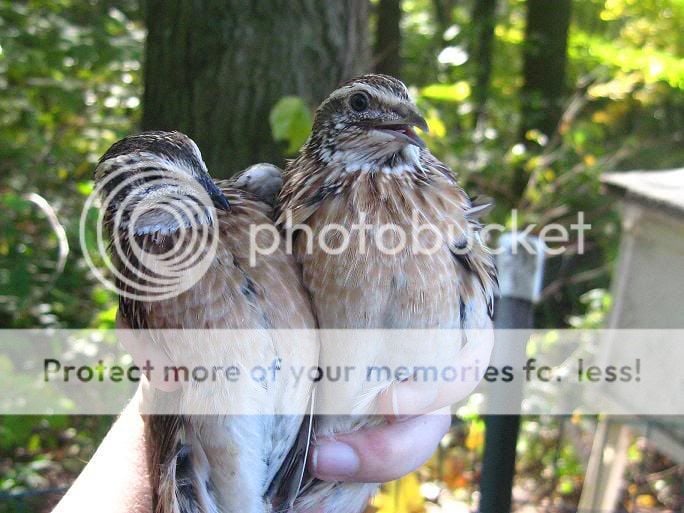
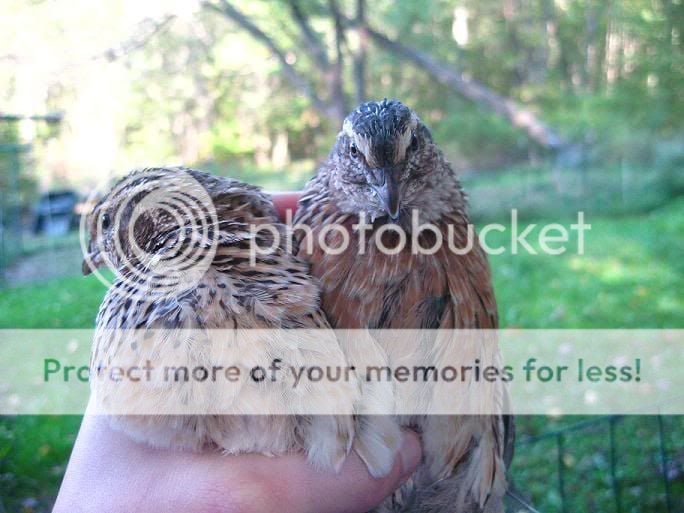
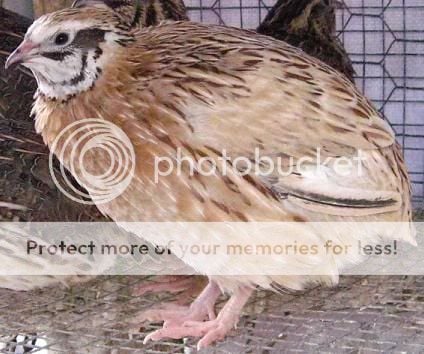
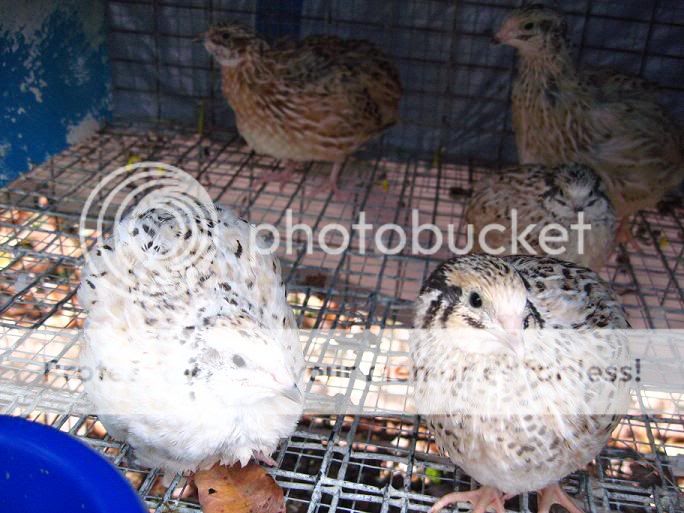
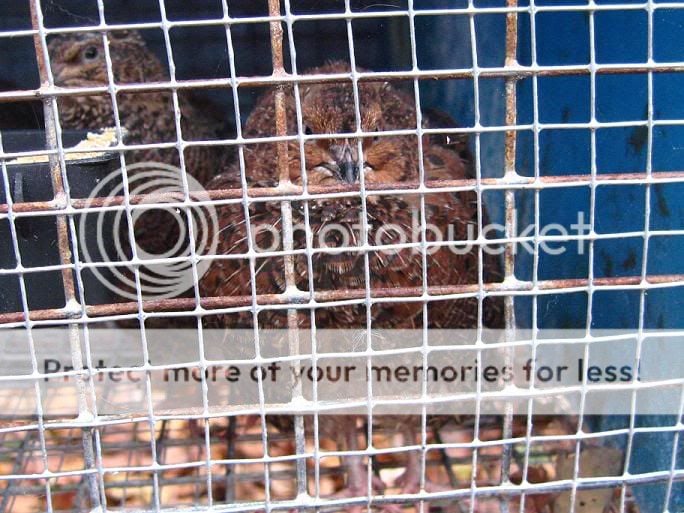
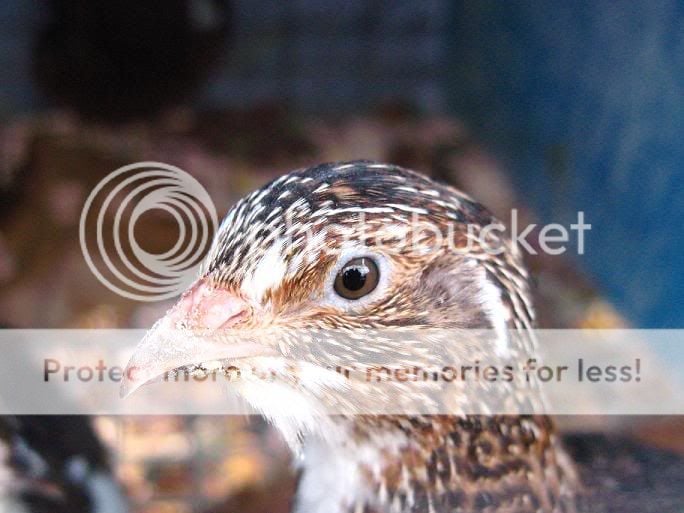

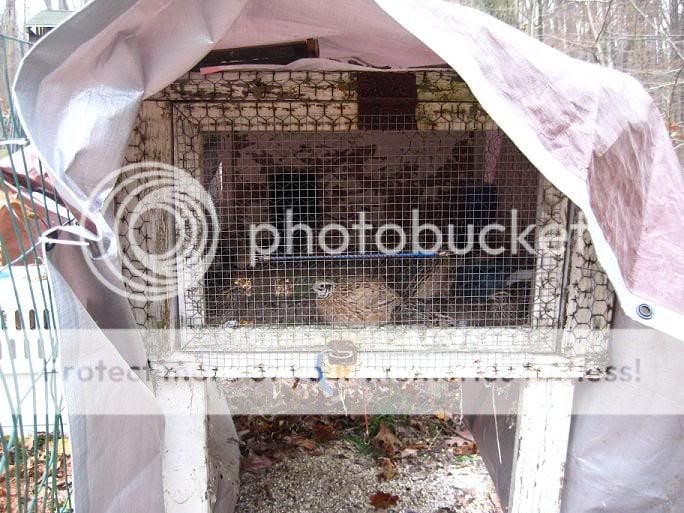


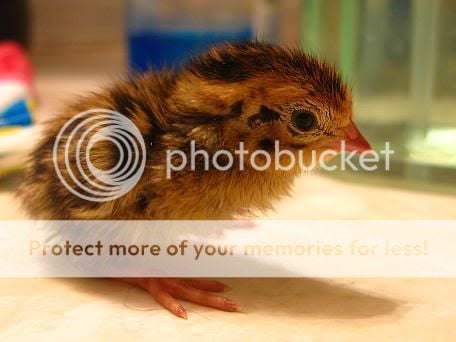
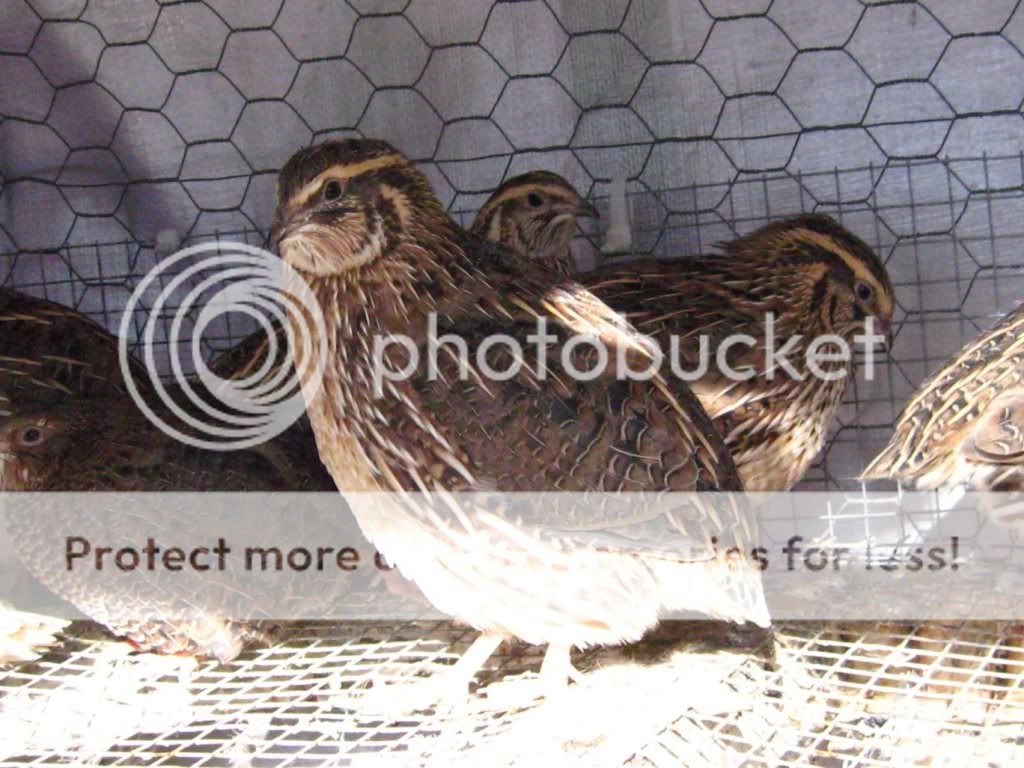
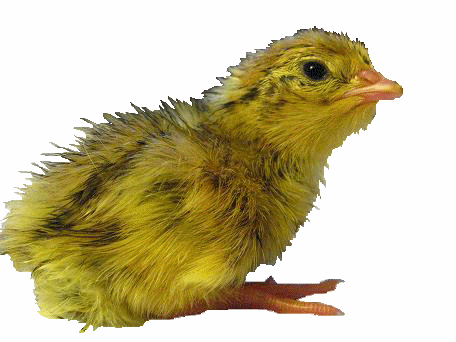
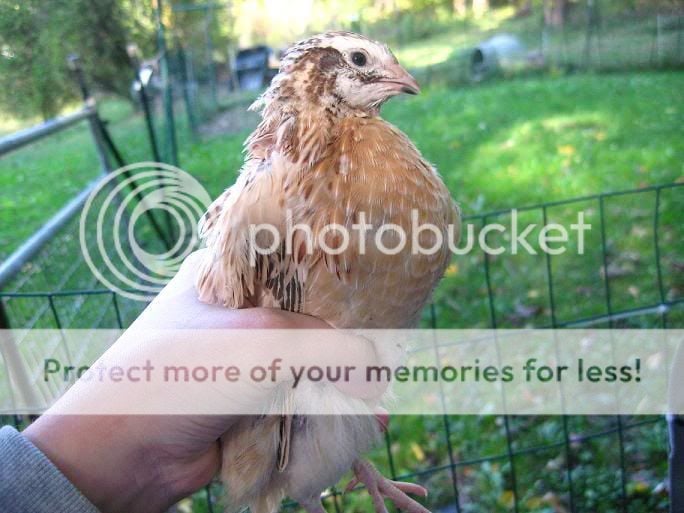
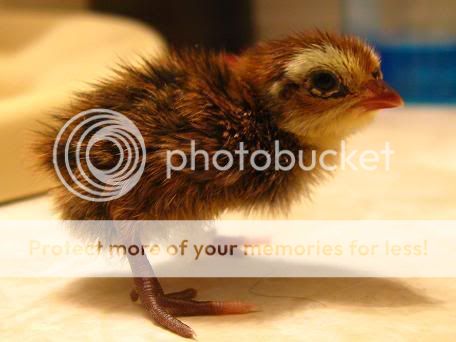
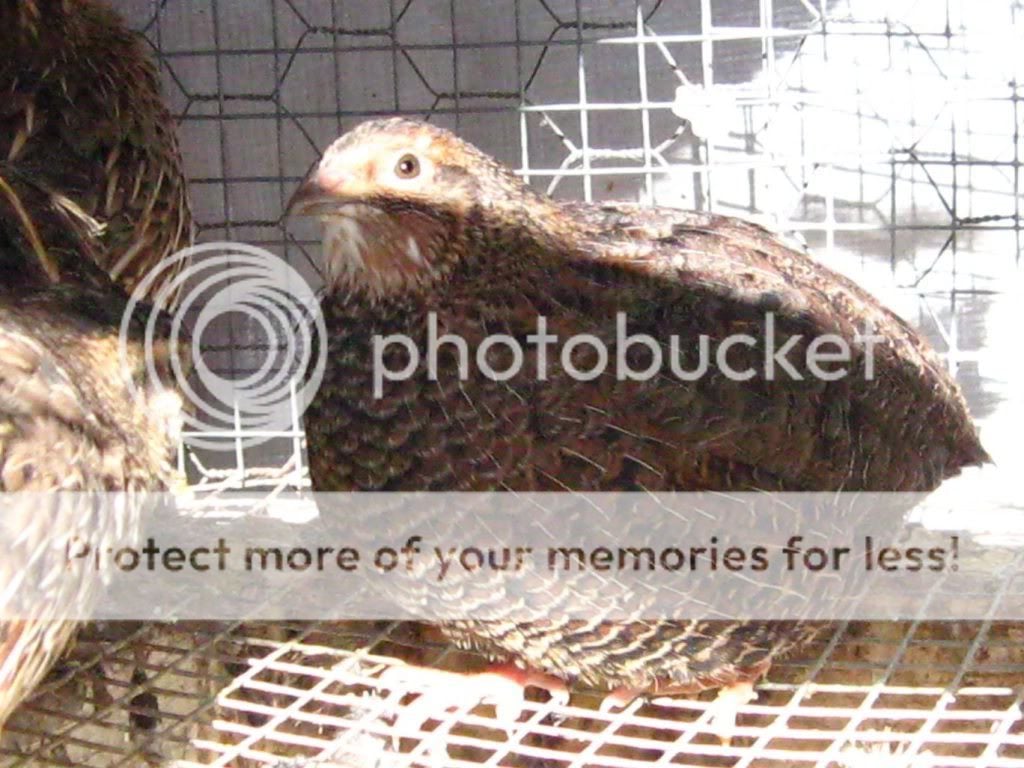
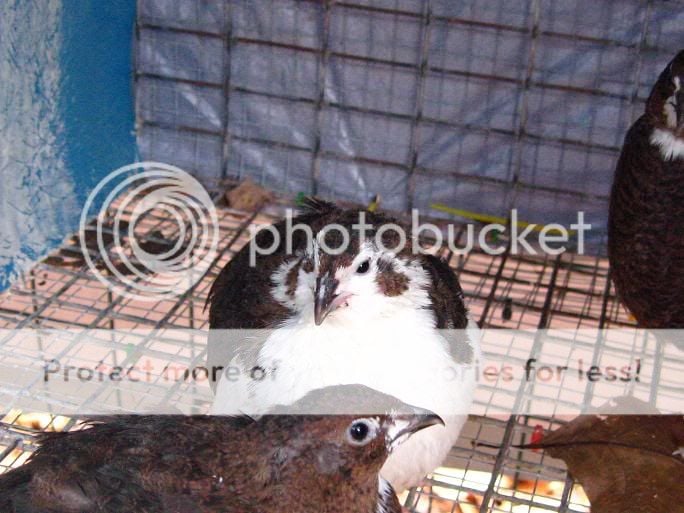
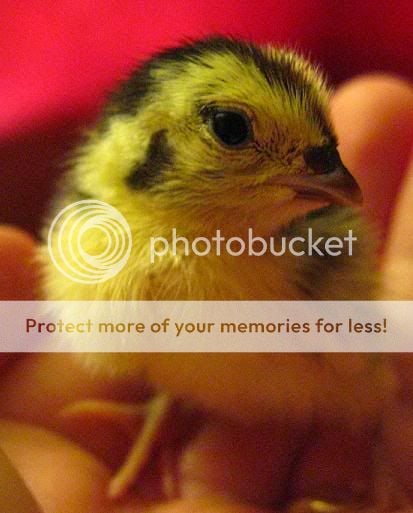
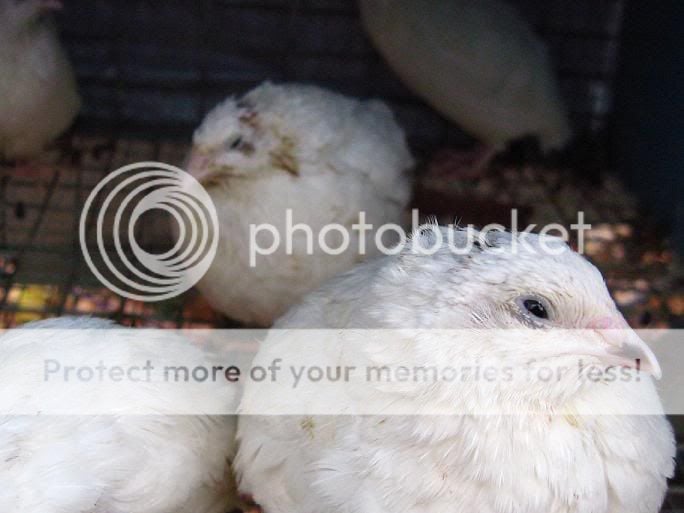
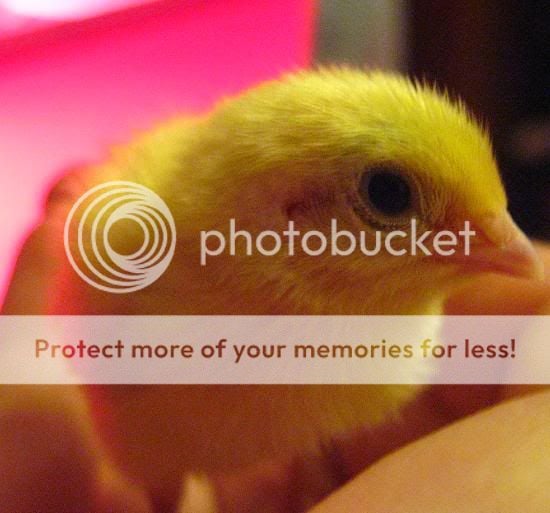
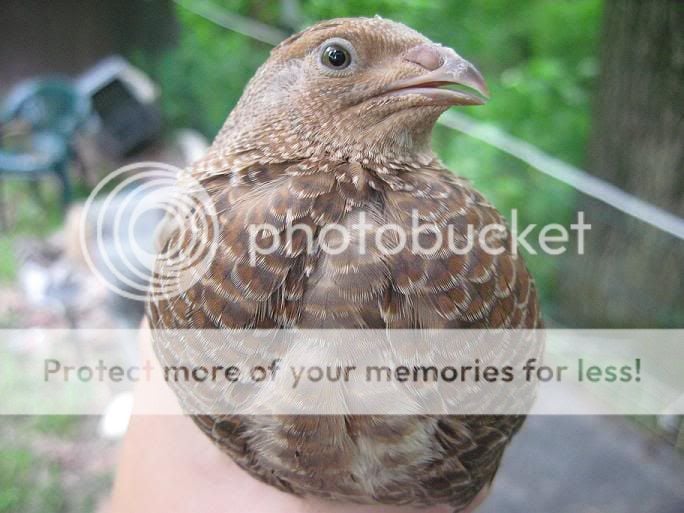
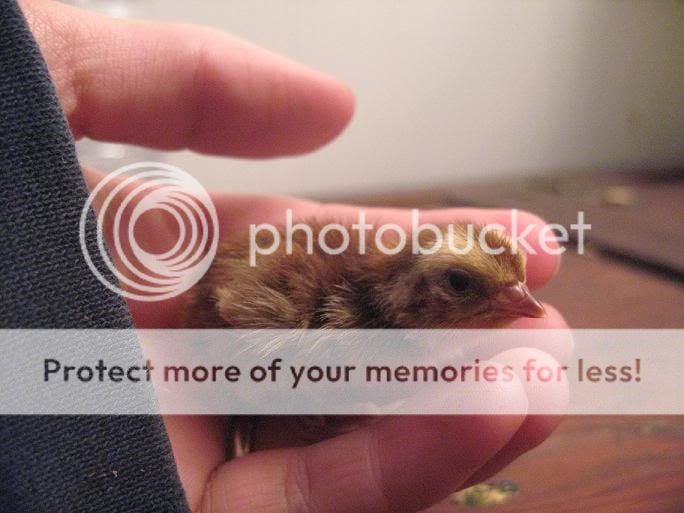
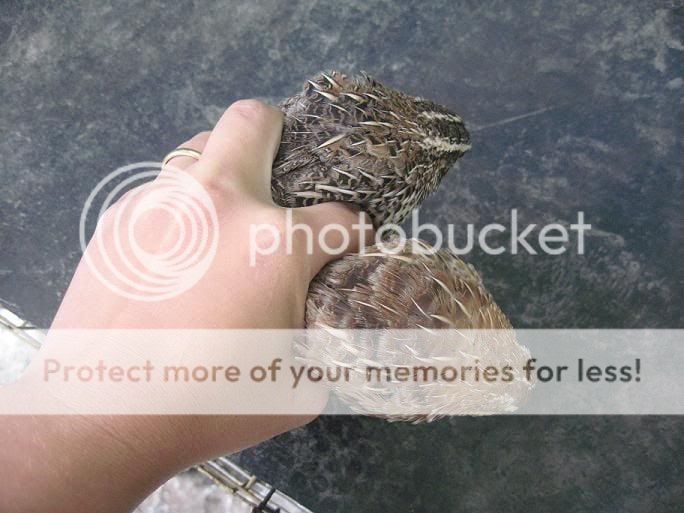
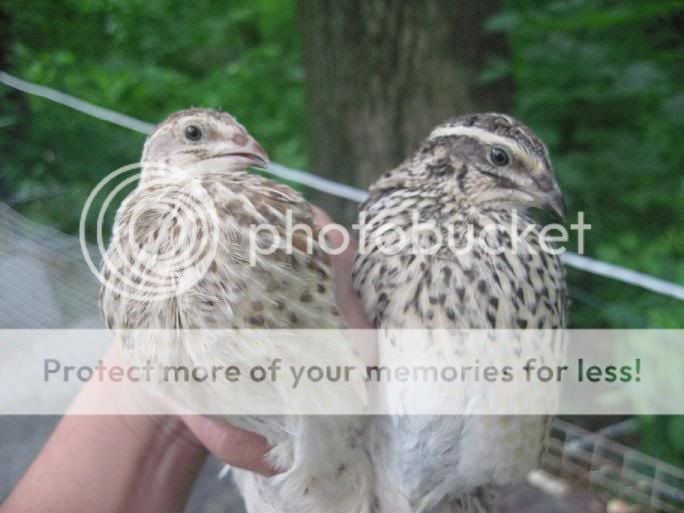
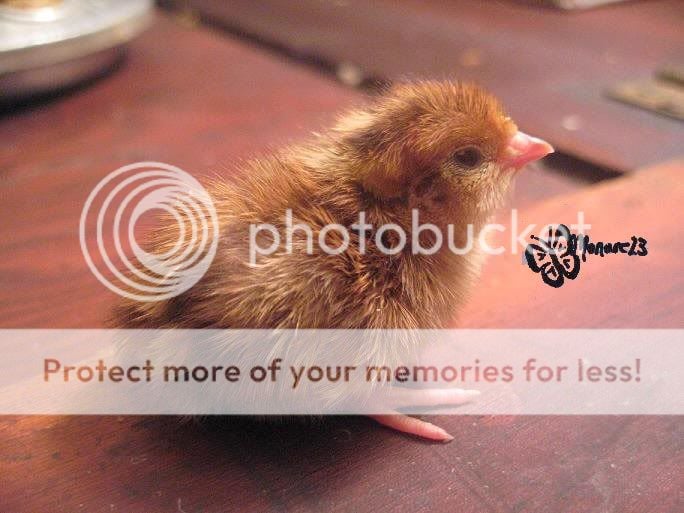
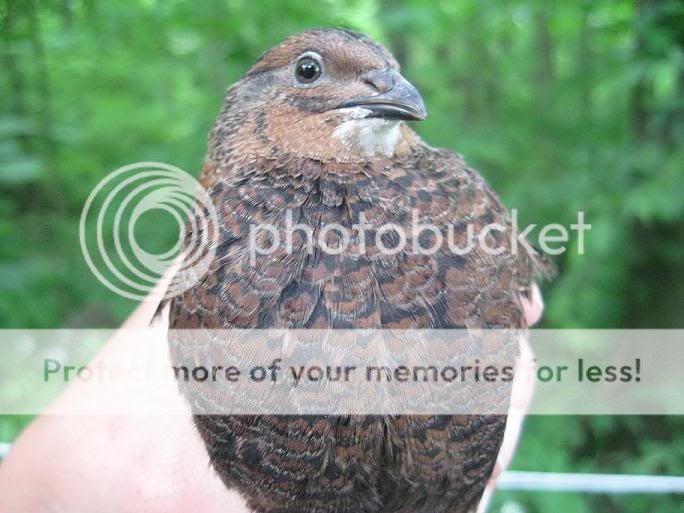
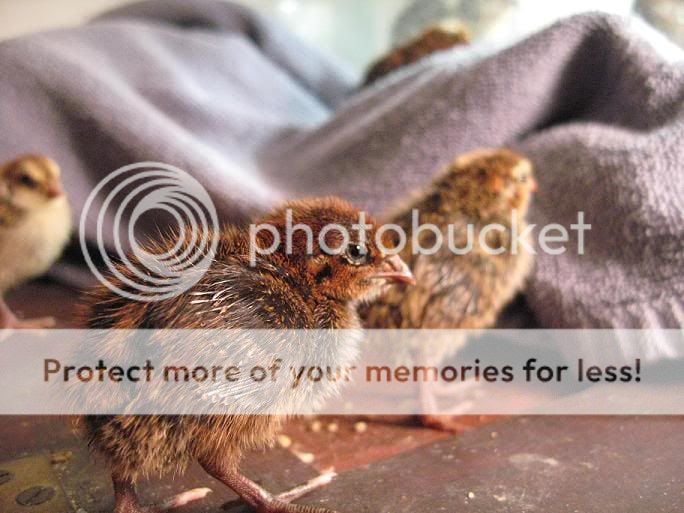
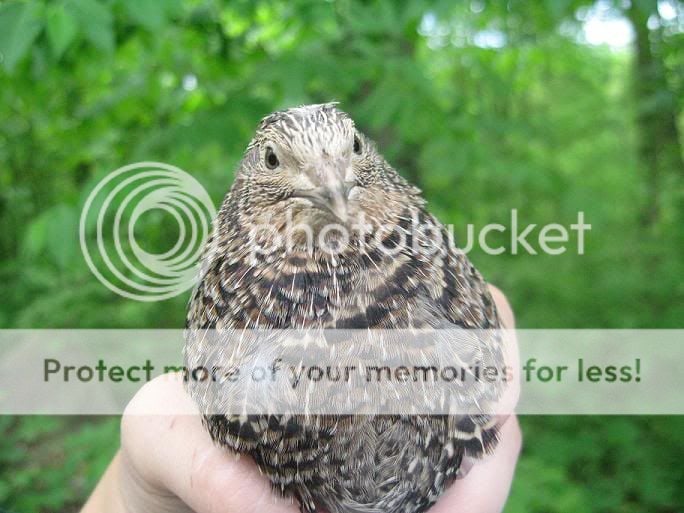
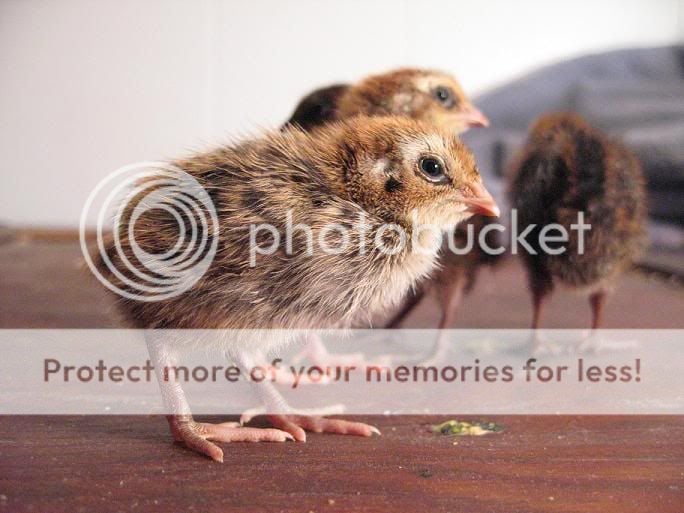




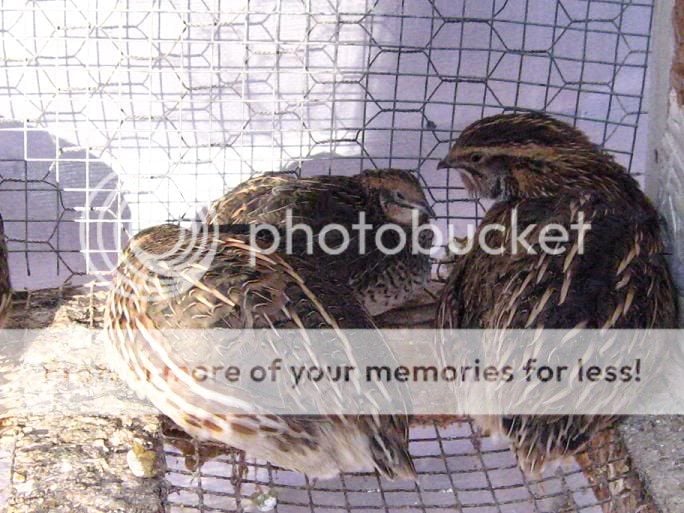




 . Oh well. I’ll try in a bit. Is this thread gonna blow up with posts like the others? If so,
. Oh well. I’ll try in a bit. Is this thread gonna blow up with posts like the others? If so, . I’m early.
. I’m early.